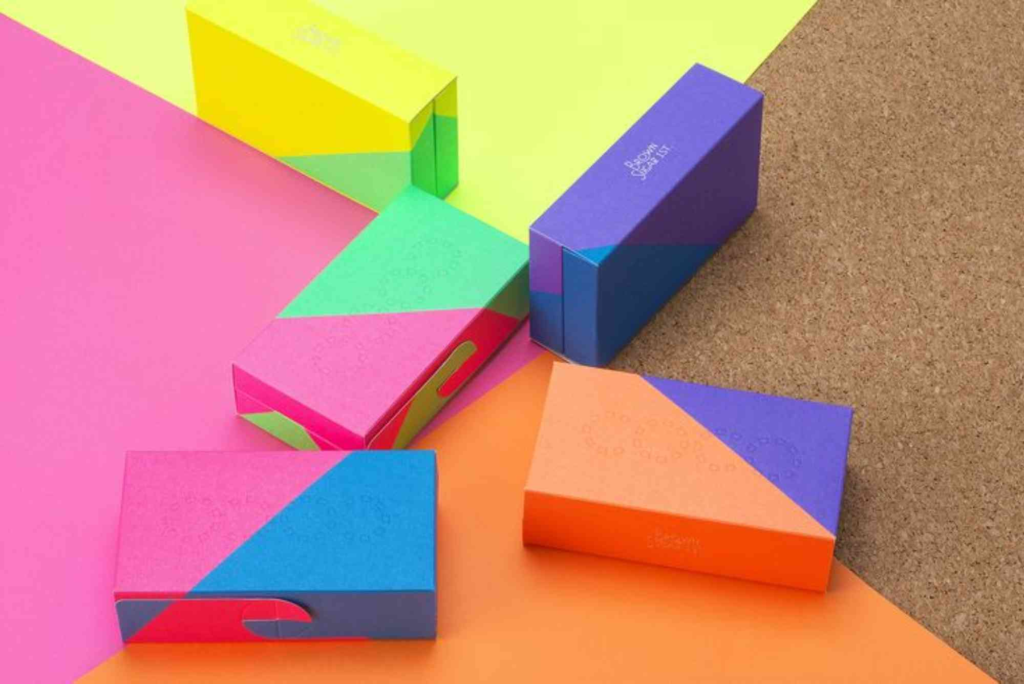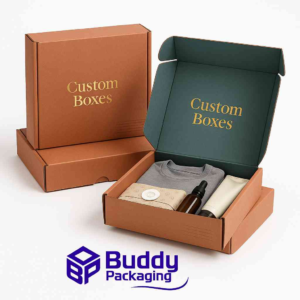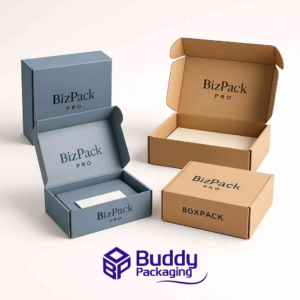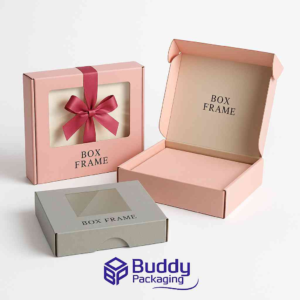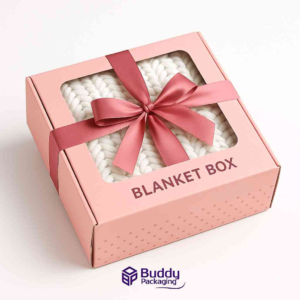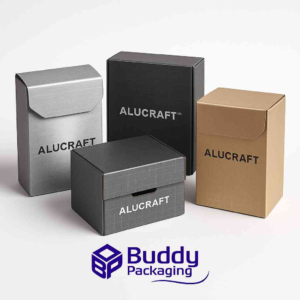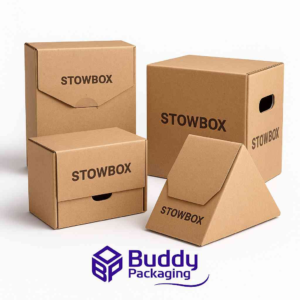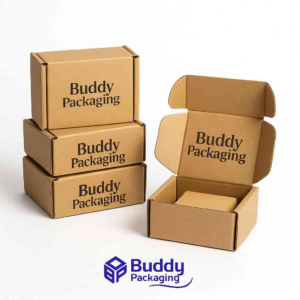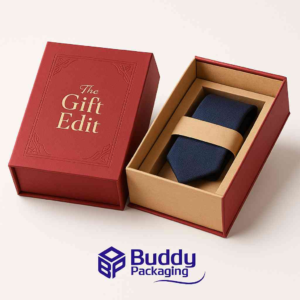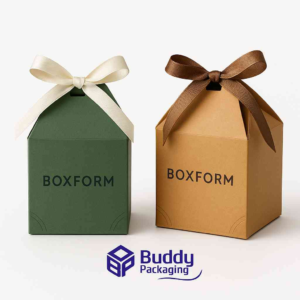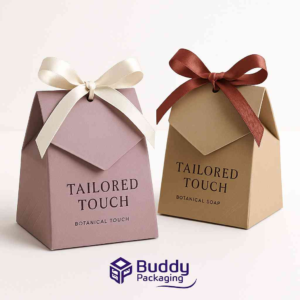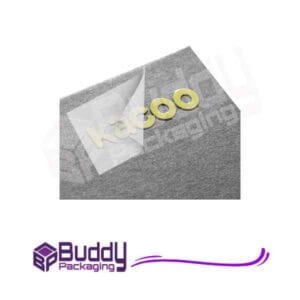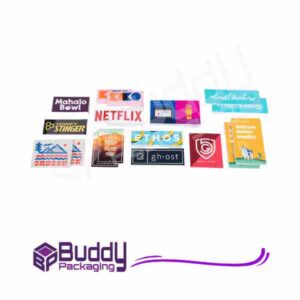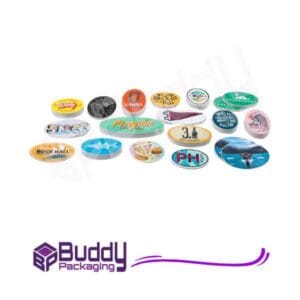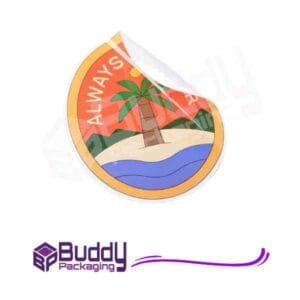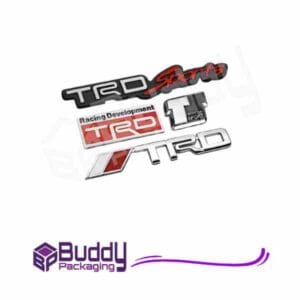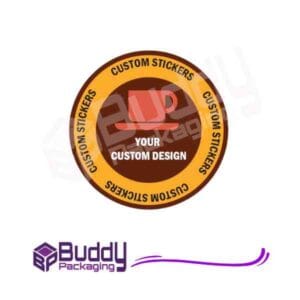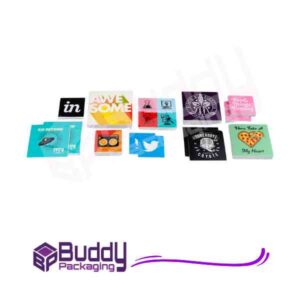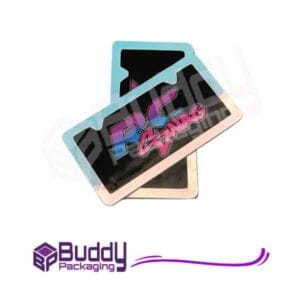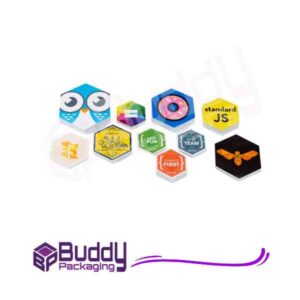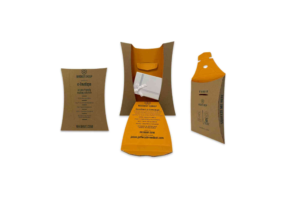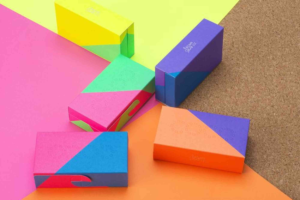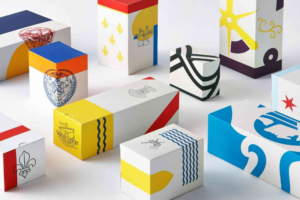A well-crafted cereal box design template is essential for brands aiming to capture shopper attention and build loyalty through memorable packaging. With competition rising across supermarkets and online grocery platforms, design precision matters more than ever. Effective cereal packaging blends aesthetics, nutritional clarity, storytelling, and structural practicality. This guide explains how to create a template that supports brand success, from layout and colour choices to printing considerations. References to concepts like orange theory mountain view highlight how branded experiences translate into visual communication, further reinforcing design strategy.
Understanding the Role of a Cereal Box Design Template
A cereal box design template provides the blueprint for consistent packaging. It outlines dimensions, bleed areas, fold lines, safe zones, and printable surfaces. Designers rely on this framework to position artwork, information, and brand elements in the right place. Without a proper template, packaging often suffers alignment issues, text cropping, or printing errors, which can damage credibility and cause waste. Clear guidance ensures every box produced mirrors the original vision.
Key Components of a Template
Every template includes a front panel, back panel, side panels, top flap, and bottom flap. Each surface serves a unique purpose in consumer communication. The front usually delivers compelling brand visuals and product highlights. The back might feature nutritional information or fun elements such as puzzles or stories. Side panels commonly carry ingredients, barcode, and contact details. A precise structure enables thoughtful storytelling across panels.
Why Structure Matters
Supermarket shoppers often make split-second decisions. A polished cereal box design template ensures that branding, messaging, and nutritional transparency appear in predictable positions. This improves consumer trust and boosts perceived professionalism. The structure also supports efficient mass production, accelerating time to market and reducing print risks.
Creating a Visual Identity for Your Cereal Box Design Template
A strong visual identity differentiates your cereal product. Packaging should reflect brand personality, audience preferences, and product value. A health-focused cereal benefits from clean design, muted colour schemes, and clear nutritional callouts. A children’s cereal works well with playful characters, bold hues, and energy-driven typography. Design cues must guide eyes naturally while ensuring legibility and regulatory compliance.
Colour Psychology and Branding
Colours influence mood and decision-making. Warm tones like orange evoke energy and enthusiasm, reminiscent of motivational settings such as orange theory mountain view where vibrant themes support active lifestyles. Organic and natural cereals often use earthy tones to signal quality and wellness. Bright primaries suit family-friendly products. Template planning allows designers to test colour combinations across mock-ups and ensure contrast remains accessible under varied lighting.
Typography for Clarity
Fonts must be readable at a distance. Headings need strong, bold typography, while ingredient and nutritional details require clean and smaller fonts. Avoid overly decorative styles that might reduce clarity when printed. Template wireframes help determine type hierarchy before final artwork.
Including Essential Product Information
Packaging serves as both a marketing tool and a regulatory document. A cereal box design template guides placement of mandatory copy alongside brand storytelling. Consumers expect transparency, especially in health and nutrition categories.
Nutritional Labelling
Nutritional information should appear in a structured, easy-to-scan format. Although no bullet lists appear in this article, your printed box will still require structured values. This strengthens consumer trust and supports lawful compliance. Positioning within the safe zone ensures clarity after cutting and folding.
Brand Storytelling and Imagery
Authentic brand stories enhance emotional connection. Share your sourcing values, production standards, or mission in clear language. Illustrations, mascots, grain patterns, or farm imagery can enrich storytelling. Template space allocation ensures balance between visuals and copy.
The Importance of Structural Accuracy and Printing Needs
Accuracy prevents packaging issues. A cereal box must withstand shipping, stacking, and handling. The template guides fold lines, adhesive flaps, and cut zones. Printers require specific file formats and bleed margins. Bleeds allow for tolerance in trimming so the design reaches the edges without white gaps. Safe zones prevent essential text from shifting into cut areas.
Choosing the Right Material
Board thickness and coating affect durability and aesthetic. Gloss coatings enhance vibrancy and appeal to children’s markets, while matte textures suit premium health cereals. Recycled board conveys sustainability. Verify material compatibility before finalising template dimensions because thickness influences fold precision.
Finishing Options
Foiling, embossing, spot UV, and textured finishes elevate packaging. These choices reinforce value perception. Advanced features must align with template alignment, especially where tactile finishes touch logos or characters.
Digital Design and Mock-Ups
Digital tools enable efficient template use. Software such as Adobe Illustrator or packaging-specific platforms supports layered design. Designers apply dielines, ensuring art layers remain adjustable. Mock-ups help visualise boxes in both flat and assembled forms. This enhances approval workflows and reduces errors.
Interactive and AR Elements
Modern cereal packaging often integrates QR codes or augmented-reality experiences. These encourage repeat engagement and enhance brand loyalty. Template guides show where codes should sit for easy scanning without disrupting visuals.
Real-World Inspiration and Market Trends
Studying successful packaging reveals patterns that work. Brands embrace minimalism for premium feel, or nostalgic motifs for heritage appeal. Access to resources like box design inspiration supports idea development and market awareness. Observing innovations in fitness-focused branding, such as those seen in lifestyle spaces like orange theory mountain view, also demonstrates how consistent experiences translate across touchpoints.
For those seeking physical production, exploring Custom Boxes through specialist providers gives insight into printing standards and template expectations. Businesses considering UK-based operations can review Buddy Packaging Location for logistics understanding.
Sustainability in Cereal Packaging
Consumers increasingly prioritise eco-friendly packaging. Recycled content, compostable coatings, and reduced ink usage help reduce environmental impact. A cereal box design template should account for minimal waste by optimising layout efficiency. Designers often select vegetable-based inks and water-based coatings. Clear sustainability messaging enhances trust and appeals to responsible shoppers.
Responsible Printing
Print partners with environmental certifications add credibility. Efficient file preparation reduces reprints and waste. Brands that pursue green certifications may place relevant marks, so templates must reserve space without affecting design balance.
Practical Steps to Build a Cereal Box Design Template
Beginning with accurate measurements ensures alignment. Decide dimensions based on serving size, shelf positioning, and brand category. Sketch panel outlines before applying design layers. Validate spacing for fold seams and sealing areas. Attach barcode and legal information after reviewing regulatory requirements. Test prototypes physically to confirm structural integrity and readability.
Collaboration and Approvals
Teams including designers, marketers, compliance officers, and printers should collaborate early. Each stakeholder ensures the template supports storytelling, sales goals, and legal compliance. Multiple proof cycles help refine colours, text, and imagery before full production.
Frequently Asked Questions
What software is best for creating a cereal box design template?
Adobe Illustrator is widely preferred for dieline-based packaging. It maintains vector precision and supports layered layouts. Alternative professional design suites also work, provided they allow for bleed setup, print profiles, and fold guidelines.
How do I size a cereal box properly?
Sizing depends on product weight, shelf category, and brand positioning. Most standard cereal boxes fall within familiar supermarket dimensions, yet premium or child-oriented brands sometimes use unique shapes. Measure content volume and test prototypes before printing. Accuracy prevents wasted material and ensures consistent shelf presence.
Can I customise a template for seasonal promotions?
Seasonal designs work effectively when the core template stays intact. Only artwork layers change, meaning fold lines and structure remain consistent. This method protects production efficiency while creating limited-edition visuals that boost short-term interest.
Should I include interactive elements?
Interactive features such as puzzles, stories, or QR codes engage families and encourage repeat purchases. QR codes can lead to recipes, animated characters, or competitions. Placement should remain accessible and not interfere with key visuals. Templates support precise placement.
Internal Links for Further Exploration
If expanding packaging solutions beyond cereal, you can explore broader options through Custom Boxes. For visual inspiration and creative sparks from top global packaging campaigns, explore box design inspiration. If you want to connect directly with manufacturing support, visit the Buddy Packaging Location for details.
A well-executed cereal box design template elevates branding, ensures print accuracy, and strengthens shelf appeal. It blends structural planning, consumer psychology, compliance, and creative impact. Smart creators also draw inspiration from lifestyle marketing cues like orange theory mountain view, proving that packaging is part of a holistic brand experience. Brands that master design templates build trust and recognition while streamlining manufacturing. For professional packaging solutions and design development, explore Custom Boxes to bring your ideas to market and visit Buddy Packaging Location if you require a UK supplier. Continue gathering creative insight through box design inspiration sources. Begin your cereal box project today and shape packaging that stands out, informs, and excites shoppers.

